Covered
A resurging interest in cover crops raises a new set of practical questions from farmers looking to improve soil health with "green manure."
Three generations have worked the 9,000 acres of southwestern Oklahoma farm and ranch land Jimmy Emmons’ grandfather bought in 1926. About seven years ago, though, the yields for all his crops – sorghum, winter wheat, sunflowers and more – hit a wall. No matter what he tried, his output remained stubbornly flat. “It didn’t matter if we put on more fertilizer or it rained more,” he says. “We had reached a peak in production.”
In search of fresh ideas, Emmons began to attend conferences and seminars. In one, he heard a farmer from central Ohio talk about how he transformed his land by planting cover crops, which are grown specifically for the benefit of the soil. Cover crops often remain where they are planted until they die or are killed, the organic matter dissolving into the ground below. In the seminar, Emmons was told that cover crops leave healthier soil, which leads to plants that grow better even as you cut back on fertilizer and water.
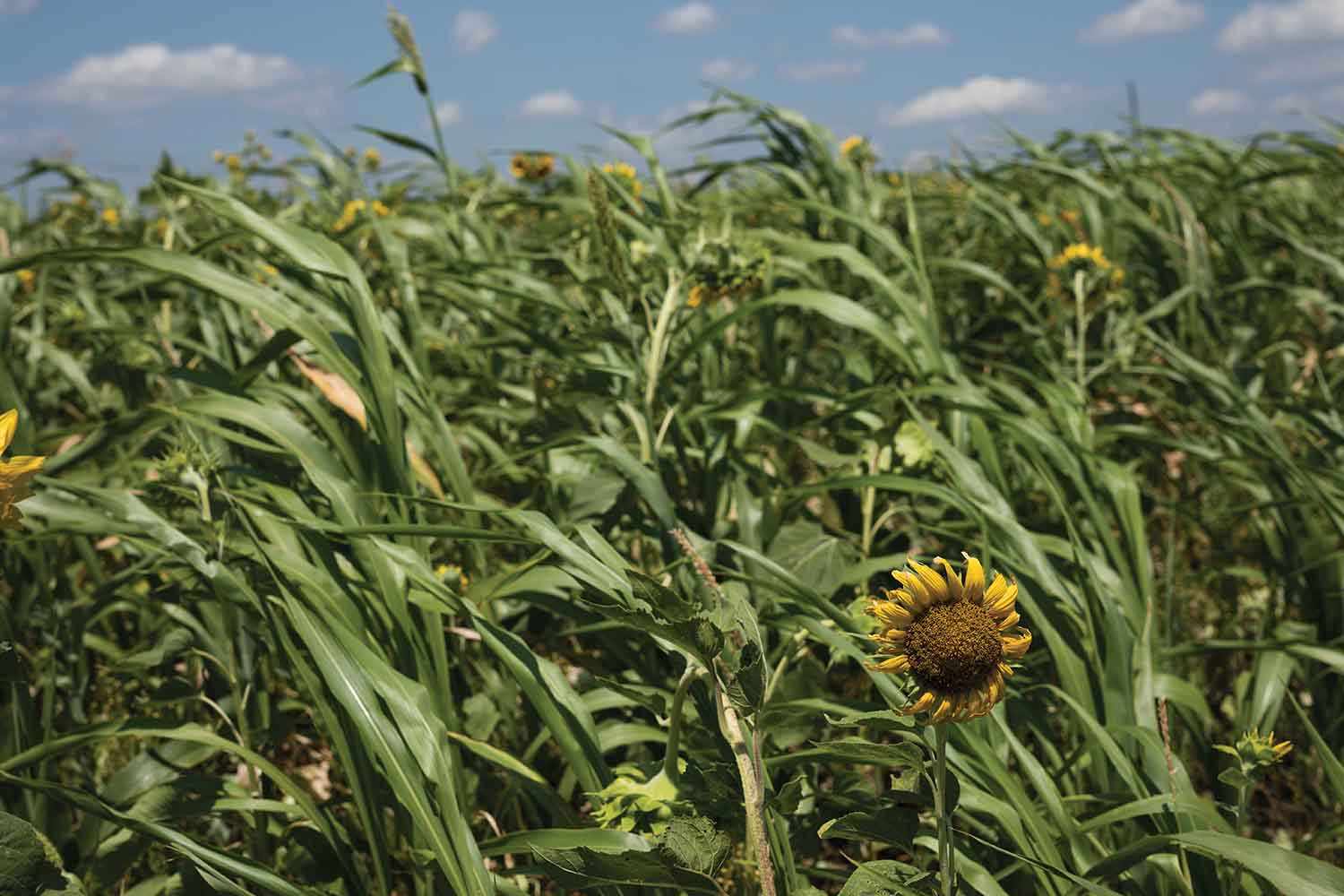
“I thought, man, if I could do that here in Oklahoma that would be great,” Emmons says. He went back home energized, determined to give cover crops a try.
In doing so, he became part of a new trend that is in fact centuries old, possibly as old as farming itself. Native Americans used a concept called “Three Sisters” in which corn, beans and squash were grown together to enrich the earth. George Washington and Thomas Jefferson, who were gentleman farmers before they were revolutionaries, also hailed the benefits of planting crops specifically to replenish the soil after a harvest. In the 1800s, cover crops became known as “green manure” and were widely embraced.
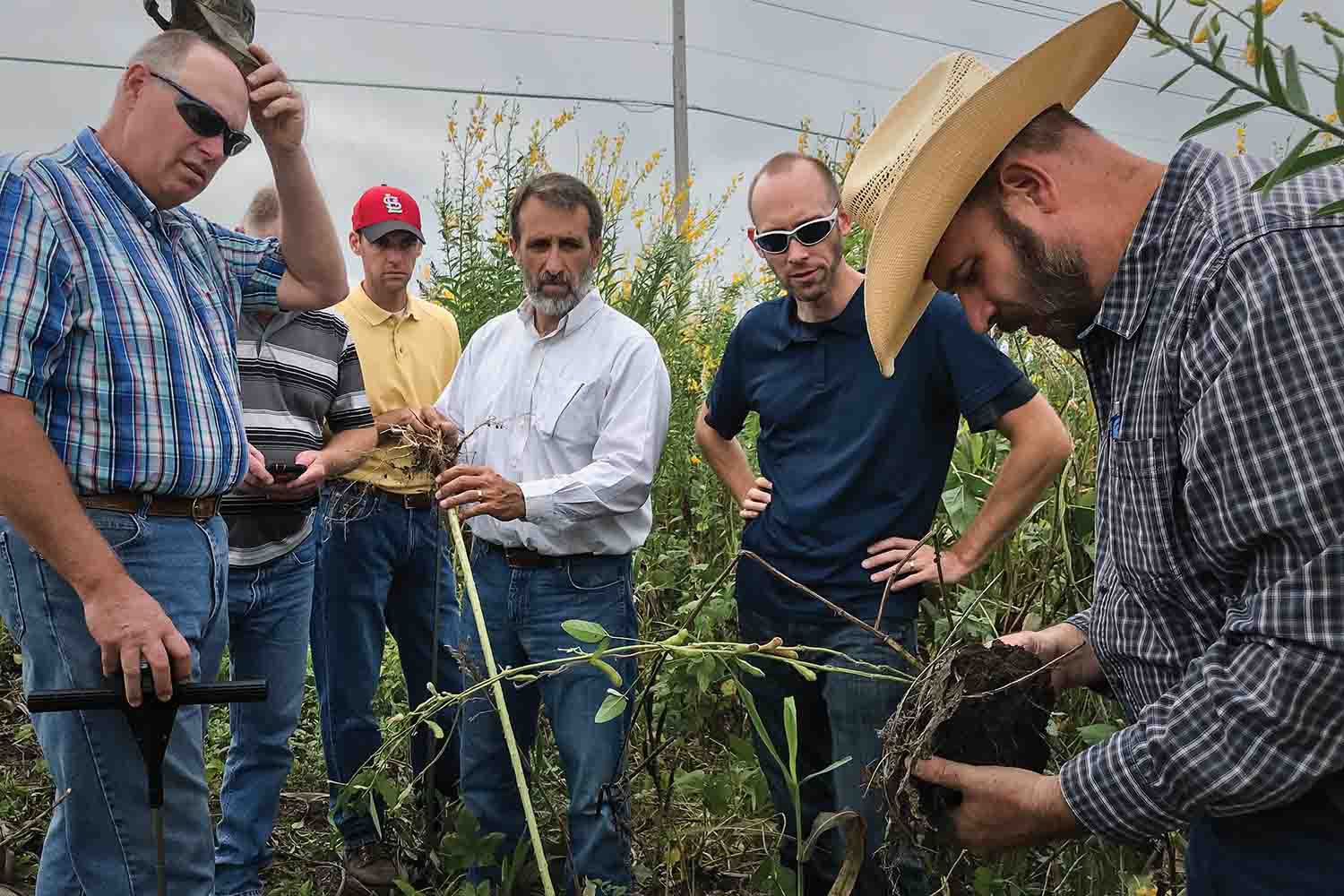
With the invention of synthetic fertilizers in the mid-20th century, however, the practice fell out of favor. Cover crops seemed like a quaint idea of yesteryear, not a tool of modern farming. Their use fell and, by the 1970s, almost all farmland lay bare as it awaited next season’s planting.
But now, cover crops may be on the verge of a new golden age as more farmers recognize that planting a cover crop makes sense both agriculturally and economically. “There is a renewed interest in the old practice of using covers,” says Twain Butler, Ph.D., a research agronomist at the Noble Research Institute. Butler serves as project manager for a national cover crop research initiative jointly supported by the Foundation for Food and Agriculture Research and Noble Research Institute.
The agriculture industry – and consumers – are showing a greater interest in farming practices that naturally tend the soil while protecting the environment. By reducing the need for chemical fertilizers, cover crops also lower the danger of nitrogen and phosphorus runoff into nearby waterways. (Excess nutrients in ground and surface water can contribute to the excess growth of algae and other aquatic plants.) So-called green manure is green in more ways than one.
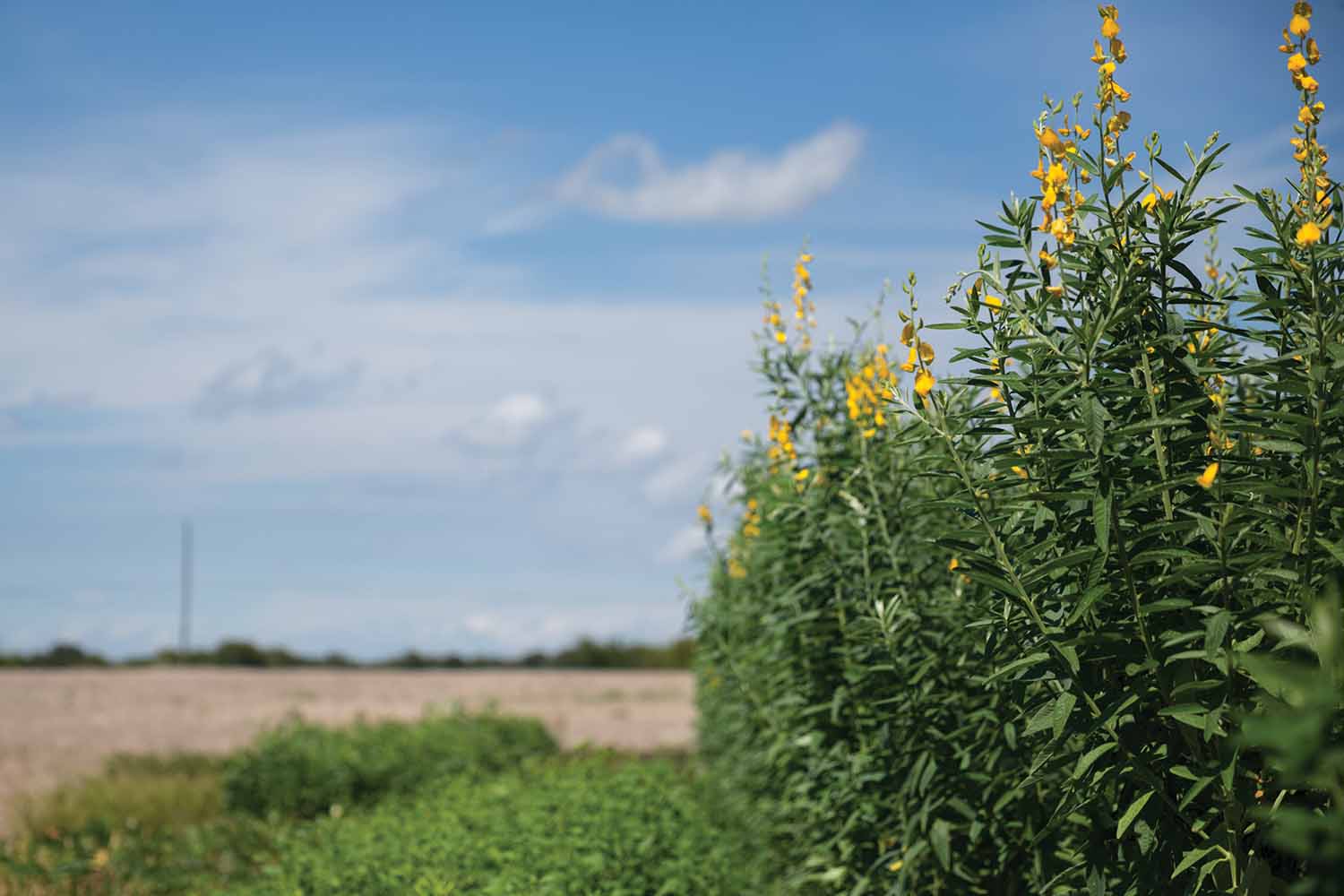
Based on a national farmer survey, funded by the U.S. Department of Agriculture, cover crop users in 2012 were planting just more than 200 acres per farm. By 2016, that number had doubled, reflecting a rapid rise in adoption. Still, the estimated 17 million acres of cover crops in the U.S. today represent just a small fraction of the 250 million acres of row crop fields in the U.S. as of the most recent census, from 2012.
In encouraging cover crop planting, scientists like Butler and others stress the benefits to farmers. They are working to provide data to address some of farmers’ practical questions: Which is the best type of crop to use for which field? How do short-term costs compare with long-term gain? When is the best time to kill the cover crop? How do cover crops affect soil moisture? “There’s not going to be one answer,” Butler says. “It’s going to be different in Oklahoma and this part of the country than elsewhere.”
The most common types of cover crops in use today are cereal grains, mustards such as tillage radishes and turnips, legumes like crimson clover and winter peas, and summer annuals. The choice of what to plant depends on climate and each farmer’s need – including the location, growing season and type of farm, says Rob Myers, Ph.D., regional director of extension programs for the Sustainable Agriculture Research and Education program, which is part of the USDA, and an adjunct professor at the University of Missouri. Each type of plant has its own particular character. Soybean farmers in northern states harvest shortly before the first fall frost. The most common cover crop for them is quick-growing cereal rye. But some issues are overcome with creative management, Myers says. Farmers with shorter growing seasons can overseed cover crops before the main crop is harvested. The cover crops won’t get big enough to interfere with harvest, and they gain a head start going into winter.
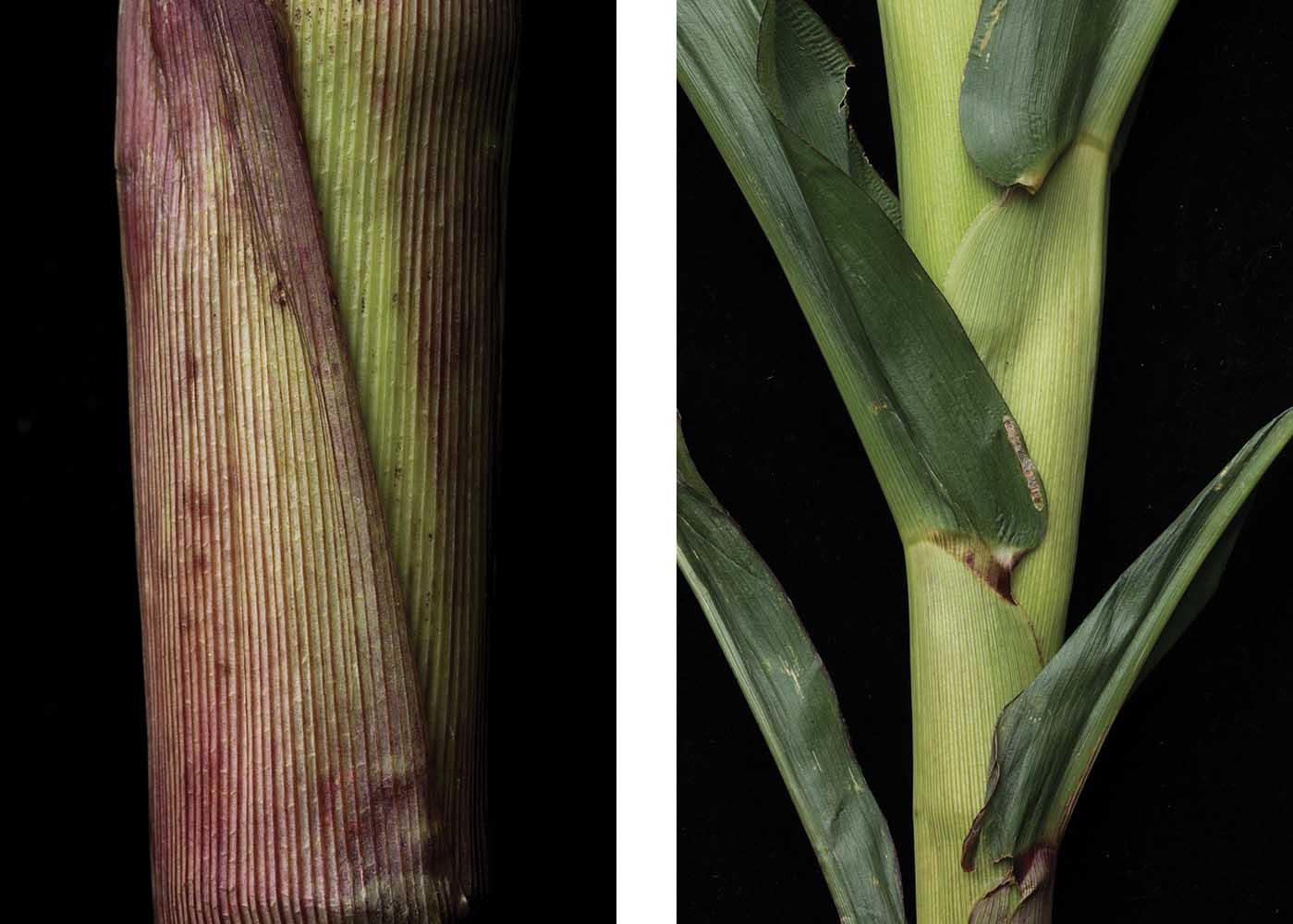
Other cover crops have surprising dual uses. Those with oversized roots, such as turnips and radishes, burrow deep into the ground and can break up the hardpan, a packed layer of soil largely impervious to water. But turnips can also be planted as a grazing crop for cattle, allowing farmers to either graze their own cattle or rent out their farms for grazing fees. Turning a crop field into a temporary pasture for livestock also adds actual manure into the soil, not just the green kind.
This ancient practice from the past may be one thing that carries us into the future, says Wayne Honeycutt, Ph.D., chief executive officer of the nonprofit Soil Health Institute. “The reality is that we need to grow more and more food for this burgeoning population,” he says. “Our concern is that we are not only losing land at an alarming rate but that a lot of our soil has become diminished. Some of it is still quite productive, but it’s not as productive as it could be.”
One obstacle to cover crops, Honeycutt says, is that they are perceived as an added expense. However, after a few years they usually pay for themselves. “We know they generate a return,” he says. Over time, soil nutrients leach deep into the soil. “Cover crops bring those nutrients back to the surface so you don’t have to buy as much fertilizer.”
With their added carbon content, cover crops bind different components of the soil together into aggregates. This helps create more pore space for water. Over time, the soil becomes more drought tolerant. “When you increase organic carbon by 1 percent, you increase the soil’s ability to hold water by 2,500 to 12,000 gallons per acre,” Honeycutt says. “And that’s just in the top 6 inches alone.”
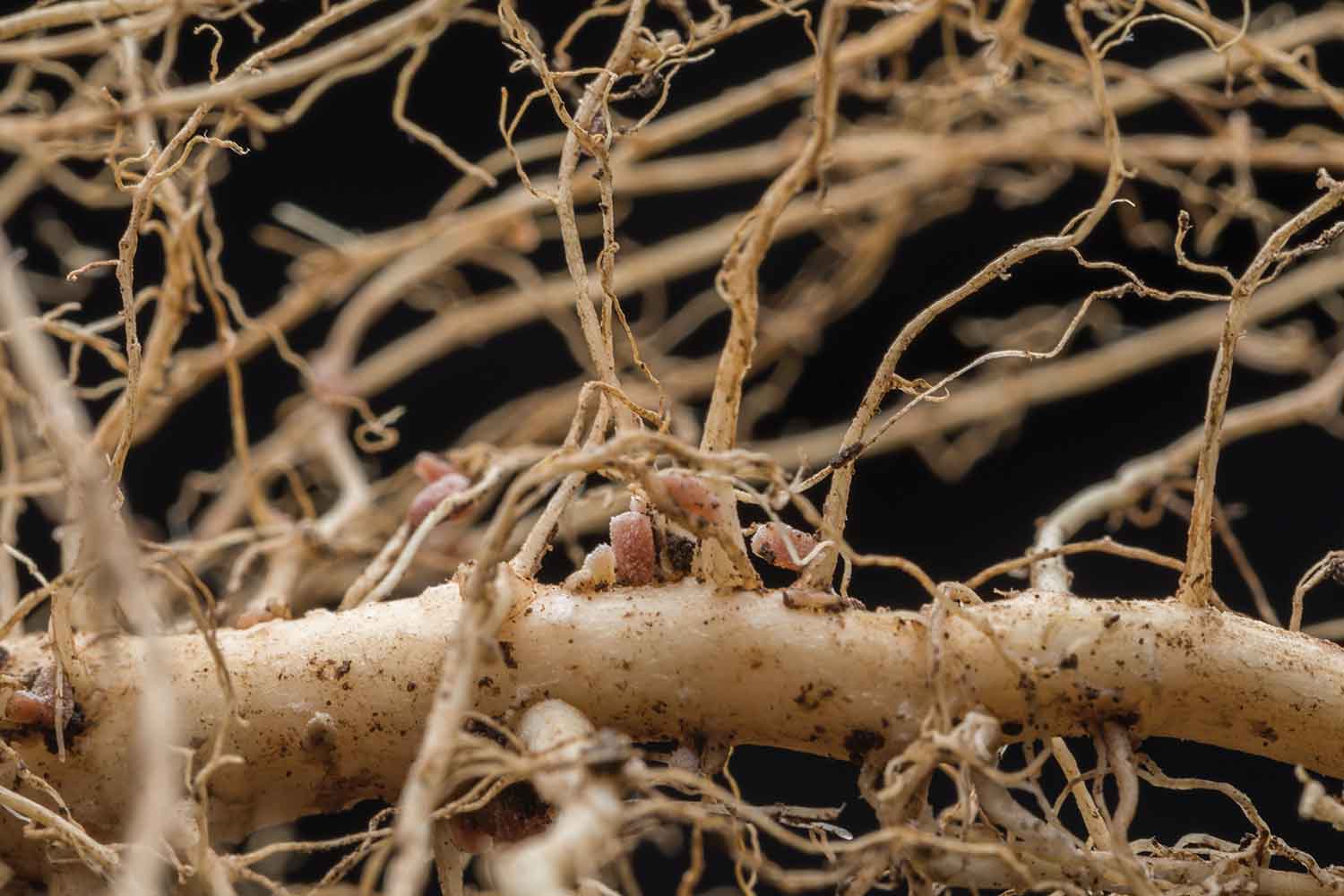
On his farm, Emmons uses a mixture of different types of crops, including forage sorghums, radishes and mustards. He plants them immediately after harvesting, right behind the combine. In the summer months, he turns his fields of winter wheat into grazing land for cattle by planting cover crops.
Each year he planted a cover crop, Emmons saw his soil turn darker from the extra organic matter. The thick roots of the radishes break up the soil. He’s stopped tilling entirely.
And as he had hoped from the beginning, cover crops have improved his efficiency. After about three years of use, they started to more than make up for their cost. Emmons says he has cut back his fertilizer use 40 percent, and he hopes soon to reduce it by more than half. “In economic terms, that’s real dollars pretty quick,” he says. Whenever he can, Emmons now educates other farmers on the uses of cover crops. Most of all, cover crops have made him appreciate that what happens beneath the ground is just as important as what happens above, he says. “I’m never going back.”
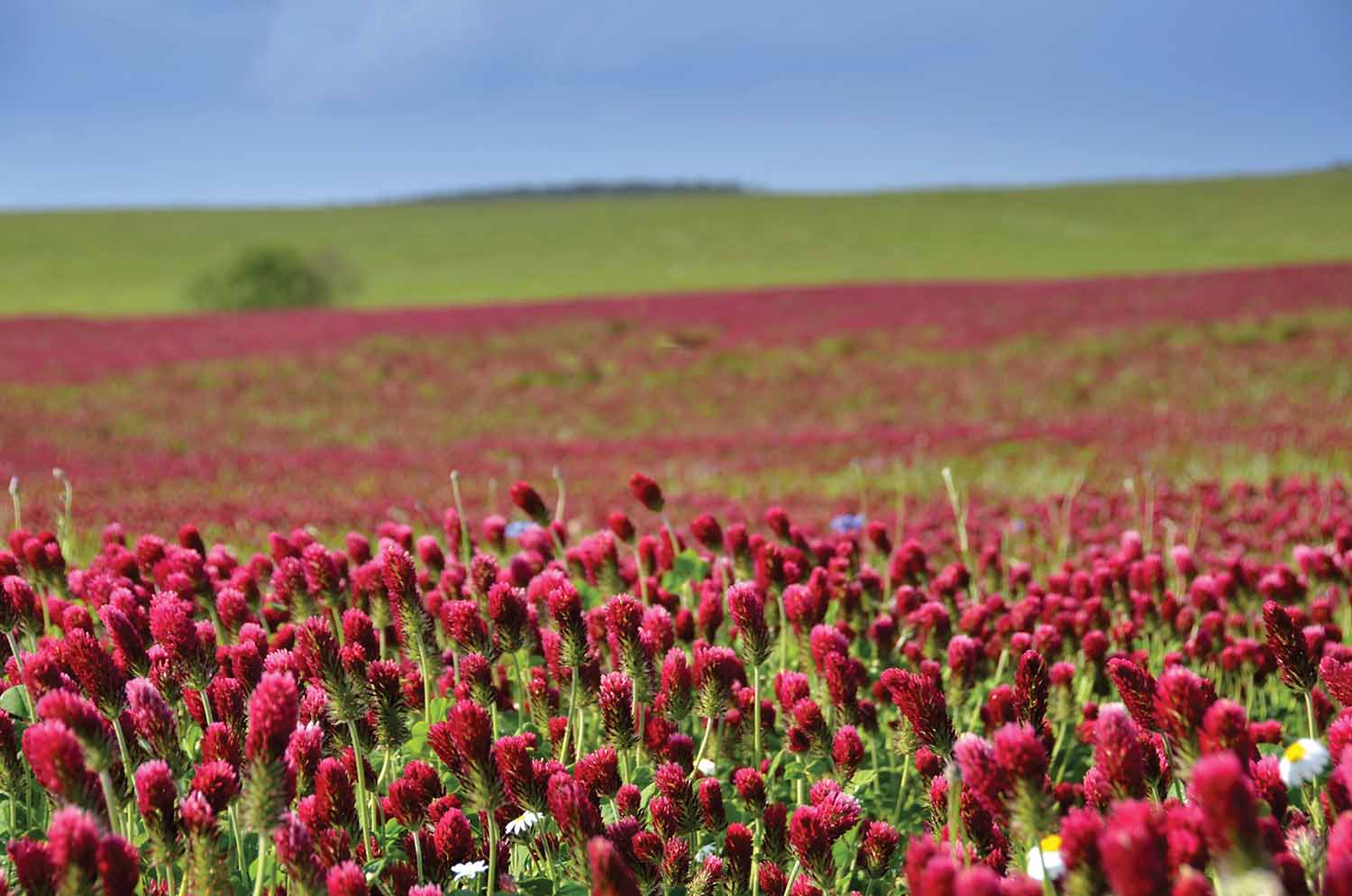

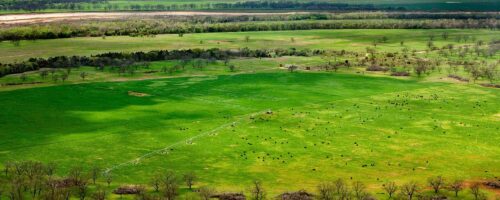

Comment